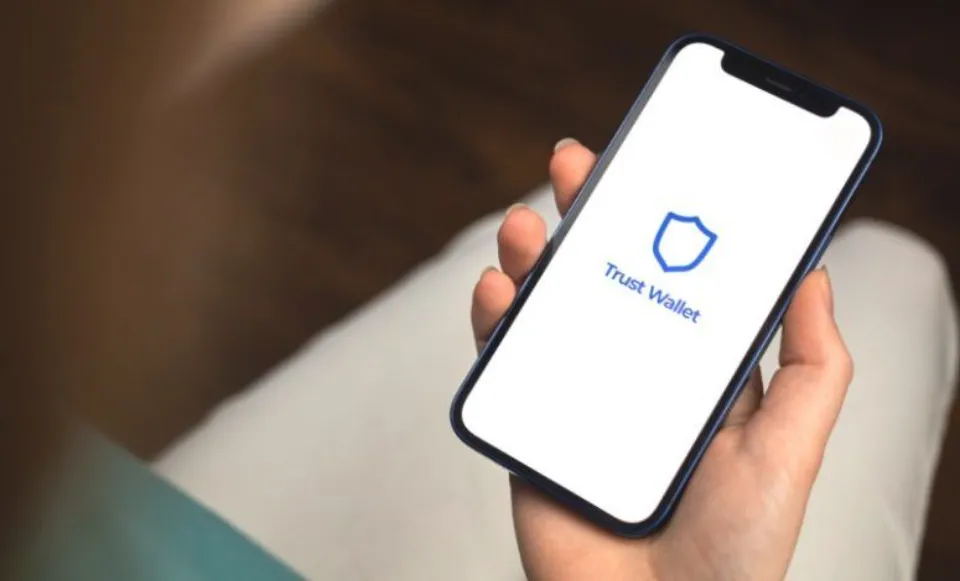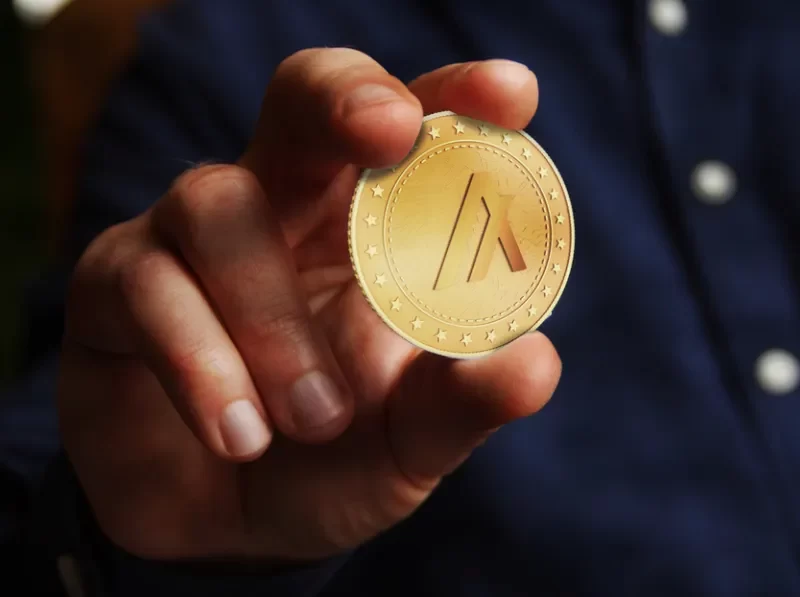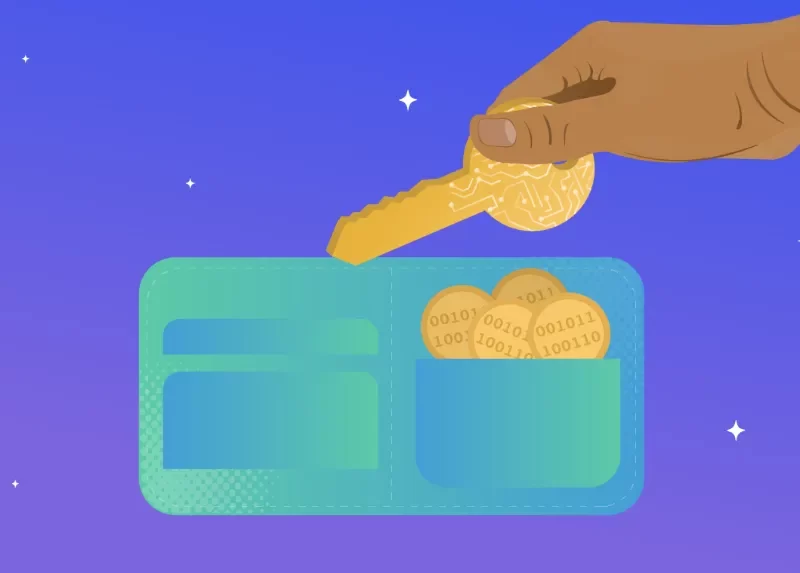To recover or restore a cryptocurrency wallet, a set of words known as a crypto wallet recovery phrase is used. It is also known as a “seed phrase” or “Recovery phrase.”
Quick steps to find the Trust Wallet Recovery Phrase:
- Open Trust Wallet on Your Phone
- Go to Wallet Settings
- Tap on “Show Recovery Phrase”
- Copy the Recovery Phrase
To learn more about recovery phrases and how to locate them in your Trust Wallet, keep reading this article.
What is Trust Wallet Recovery Phrase?
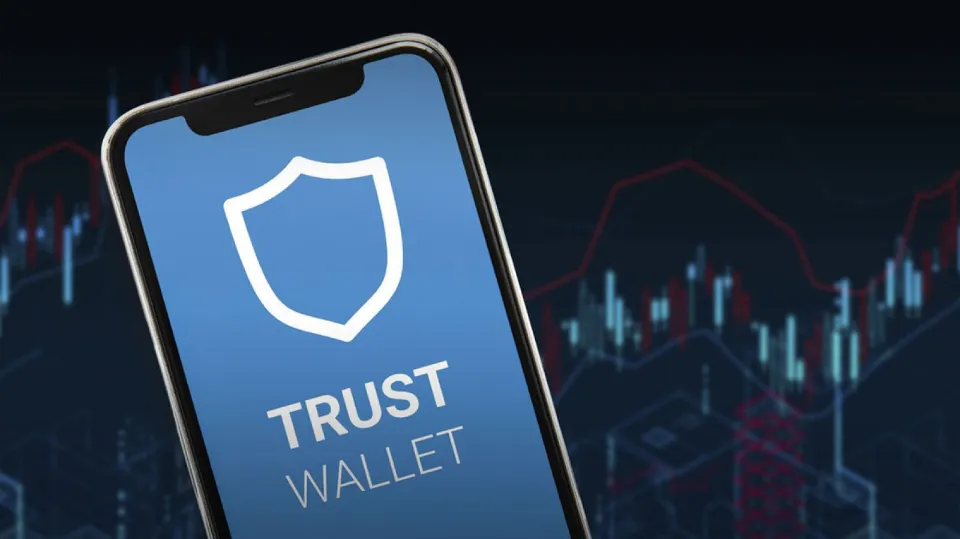
Your entire wallet in Trust Wallet allows you to access your funds in a non-custodial environment.
Read More: Custodial vs Non-Custodial Wallets – Difference & Which One to Choose
Users require a secure location to store their cryptocurrency holdings as one of the most widely used wallets available.
A shareable public address is used to sign transactions using private keys, which are encrypted data.
The seed phrase works as a human-readable form to claim ownership of your multi-asset crypto wallet.
Hence, if you want to restore access to your private keys, then you’ll need to use the 12-word recovery phrase set by the app.
How to Find Your Recovery Phrase in the Trust Wallet App
You are given your recovery phrase when you create your wallet.
The app is extremely clear with all users: losing access to your wallet can only be fixed by saving your recovery phrase.
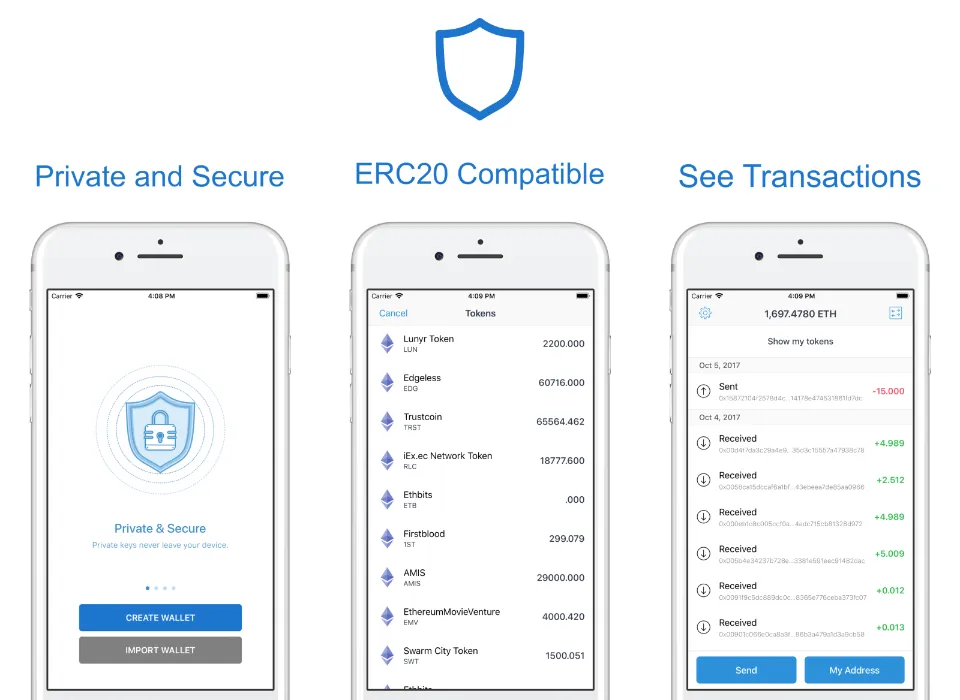
Nevertheless, once you’ve created your account, you can also access the recovery phrase.
Step 1: Open Trust Wallet on Your Phone
Assuming your account is set and ready to go, you just need to open the app on your phone.
Continue as directed here if you can’t remember the recovery phrase.
Read More: How Can I Withdraw Money from the Trust Wallet?
Step 2: Go to Wallet Settings
Go to “Settings” at the right bottom corner of the screen and then press on “Wallet Settings.” All of your multi-coin wallets will be displayed here because Trust Wallet allows you to have multiple multi-coin wallets.
The recovery phrase varies for each wallet.
Simply choose the wallet from which you want to regain access by using the recovery phrase.
Step 3: Tap on “Show Recovery Phrase”
There, select your recovery phrase from the menu by tapping it.
The app will give you a fair warning regarding the implications of getting your phrase lost, so pay attention to it.
Step 4: Copy the Recovery Phrase
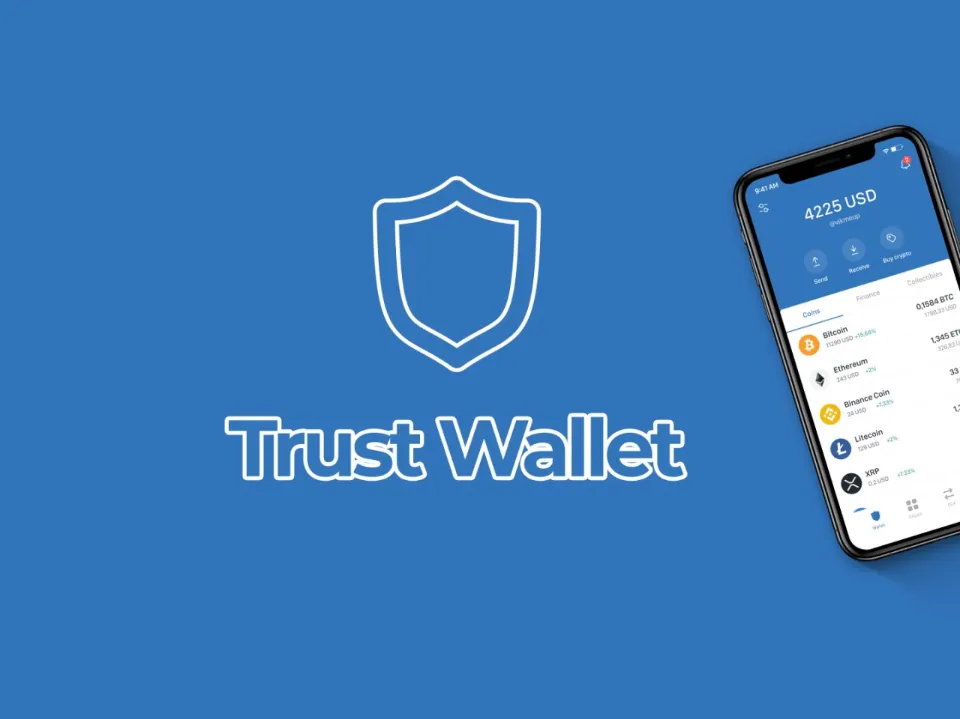
Once you’ve located the phrase, you must keep it somewhere secure so you don’t lose it.
Note that not only the 12-words are important, but also the order they are shown to you.
Can You Change Trust Wallet Recovery Phrase?
No. You are unable to alter the words or their order even if your recovery phrase has been made public.
As a consequence, in case someone has figured out the phrase, you need to move the funds out of the wallet asap and create a new wallet with a new phrase.
If necessary, delete the wallet as well to prevent anyone else from using it before you.
Don’t worry; if you have your phrase stored in a secure or secret location, the likelihood of your money being stolen is very low.
Read More: Trust Wallet vs MetaMask – Which Is Better?
What Are Private and Public Keys?
A private key is a secret code that is utilized in the world of cryptocurrencies to access and control a user’s wallet funds. When the wallet is created and saved on the user’s device, a special code is generated. The private key is used to sign transactions and needs to be kept a secret at all times because anyone with access to it can use the wallet’s funds.
On the other hand, a public key is a code created from a private key and is used to access money in the wallet. It is openly communicated to others and is not a secret. The public key, also referred to as the wallet address, is what allows a particular wallet to be located on the blockchain network.
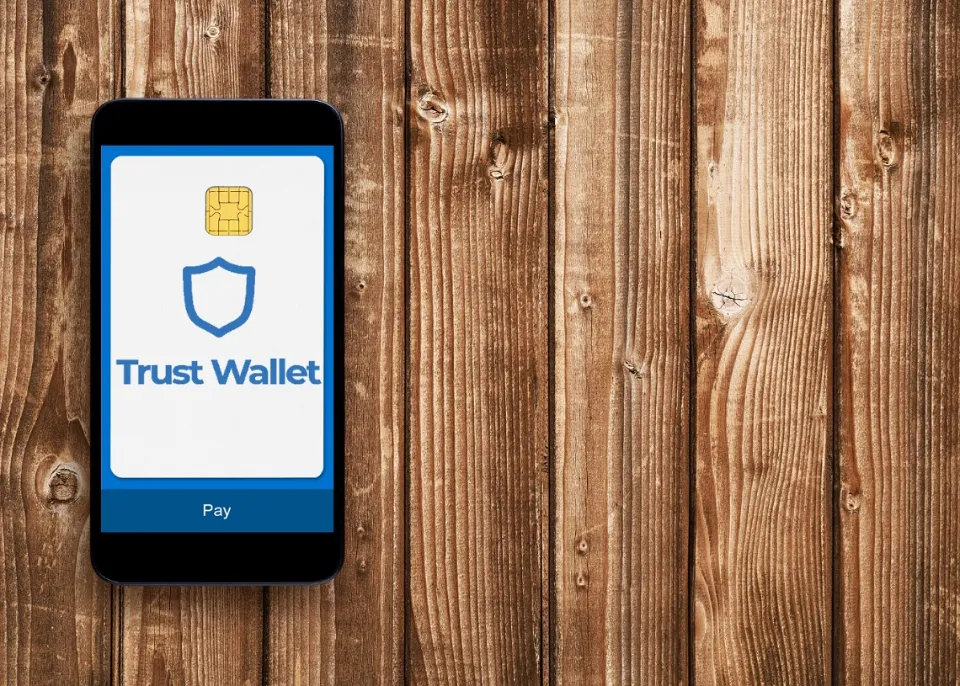
In all types of cryptographic communication, private keys and public keys are crucial. Other non-blockchain applications, like WhatsApp, use private and public keys to prevent unauthorized access to private communication.
What Was the First Crypto Wallet?
The Bitcoin-Qt wallet, now known as Bitcoin Core, is thought to be the first cryptocurrency wallet. It was developed by Satoshi Nakamoto, the anonymous person or group who invented Bitcoin. In 2009, the wallet was initially made available as a component of the original Bitcoin software.
The full Bitcoin blockchain could be downloaded and stored on computers using the full-node desktop wallet known as Bitcoin-Qt. Additionally, it gave users the ability to make new addresses, send and receive Bitcoin payments, and control their private keys. Early adopters of the cryptocurrency frequently used the wallet, which was regarded as the standard client for the Bitcoin network.
It’s important to note that Satoshi Nakamoto never claimed to have developed the first cryptocurrency wallet; rather, the first one that gained widespread adoption and became the standard client was not the first attempt to develop a wallet.
Ways to Save Phrases Safely
There are several ways to store crypto wallet recovery phrases safely:
- Place the paper with the recovery phrase on it in a safe or safety deposit box. A lost or stolen device may benefit from having a physical backup like this.
- For offline storage of the recovery phrase, use a hardware wallet like a Trezor or Ledger. This is a safe choice because it isn’t connected to the internet and is therefore less vulnerable to hacking.
- Use a software wallet like MyEtherWallet or MetaMask that lets you protect your recovery phrase with a password. Although this method offers an additional layer of security, it is less secure than a hardware wallet.
- To store an encrypted copy of your recovery phrase, use a cloud-based service like Google Drive or Dropbox. Although this method is practical, it’s crucial to verify that the encryption is reliable and that the service provider is trustworthy.
- Use a multi-sig wallet to ensure that multiple people sign the transaction, allowing multiple people to hold copies of the recovery phrase. Because the recovery phrase cannot be accessed or used by a single person, this adds an additional layer of security.
No matter which method you use, it is crucial to keep your recovery phrase a secret and to create multiple backups in case the original is lost or damaged.
What to Do If You Lose Your Recovery Phrase
You lose access to your crypto wallet and any funds stored in it when you forget your recovery phrase. This is so that the private key, which is necessary to open the wallet and approve transactions, can be generated using the recovery phrase. A series of words that are generated when you create a new wallet make up the recovery phrase. Because the recovery phrase is the only way to access the wallet and the money stored in it, it is crucial to keep it safe and secure.

Without the recovery phrase, it is impossible to retrieve the private key and thus impossible to access the wallet’s funds. The only way to regenerate the private key is the recovery phrase; otherwise, the money is permanently lost. This is why it’s crucial to memorize your recovery phrase if at all possible and to keep multiple copies of it in safe and secure locations.
Additionally, it’s critical to keep in mind that if you forget your recovery phrase, neither customer service nor technical support will be able to assist you in getting back into your account. The user is accountable for maintaining the confidentiality and security of their recovery phrase.
In conclusion, it’s critical to keep multiple copies of your recovery phrase in safe and secure places and, if at all possible, memorize it because losing it will prevent you from accessing your crypto wallet and the funds it contains.
Some Great Cryptocurrency Wallets
Some popular cryptocurrency wallets include:
- Hardware wallets that offer secure offline storage for a number of cryptocurrencies include the Ledger Nano S and Ledger Nano X.
- Trezor: A different well-known hardware wallet that accepts a variety of cryptocurrencies.
- Exodus: A desktop wallet with built-in exchange functionality that supports a number of cryptocurrencies.
- A client-side interface for creating and managing Ethereum wallets, MyEtherWallet is open-source and free.
- Electrum: A compact Bitcoin wallet that supports multi-signature functionality and cold storage.
- MetaMask: A browser add-on that serves as an Ethereum wallet and enables communication with decentralized applications (dapps) on the Ethereum network.
You should always do your own research and due diligence before using any wallet or storing any cryptocurrency, even though these wallets are typically thought to be reliable and secure.
Conclusion
The proverbial fortress’s key is a set of cryptographic wallet recovery phrases. The recovery phrase domain in the blockchain world presents the greatest risk for human error and security breach because it requires users to store their keys in ways that the blockchain cannot, either physically or digitally.
Contrarily, it may also be crucial that there be a safety net that enables one to recover resources that are based outside of the blockchain’s boundaries, so that in the event of a blockchain attack, at the very least you have proof of ownership of your wallet and the key to access it once things calm down.
FAQs
What Happens If I Lose My Recovery Phrase on Trust Wallet?
Without the recovery phrase, it is impossible to get the private key back and thus impossible to access the wallet’s money. Without the recovery phrase, there is no way to regenerate the private key and the money is permanently lost.
Where is the 12 Word Recovery Phrase Trust Wallet?
Once you’re in your settings, tap on the “Wallets” option followed by the info icon. Lastly, tap on “Show Secret Phrase” to find your recovery phrase. A 12-word recovery phrase is provided to you each time you create a wallet on Trust Wallet. To recover or import your wallet, use the recovery phrase.
What Happens If You Lost Your Recovery Phrase?
Unfortunately, there is no way to recover your account if you lose your recovery phrase and forget your password. This is why it’s crucial to never forget your recovery phrase.
What If I Lost My Crypto Recovery Phrase?
You can always find your backup phrase in your wallet if you forgot to write it down. Simply enter your password to access the wallet. After that, locate Private Keys under Settings. Take a look at your phrase and save it somewhere secure.

